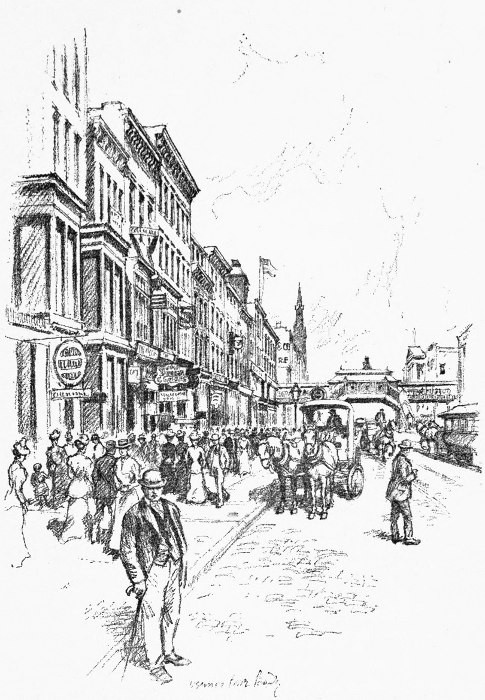Tin market cornered by unnamed commodities buyer
Post on: 21 Июнь, 2015 No Comment

The following correction was printed in the Guardian’s Corrections and clarifications column, Thursday 08 October 2009
The report below on the tin market said that 1 tonne of tin – current price 9,000 – could produce 2,500 standard cans. Surprised readers pointed out that each can would cost 3.60. The estimate by Barclays Capital was based on this calculation: take 1 tonne and divide it by a sample weight of 400g per can to yield 2,500 cans. In fact 400g is a typical weight for the food inside a standard can, not the can itself.
Soaring metals prices have seen an investor buy up most of the tin traded on the London Metal Exchange, the leading international market for base metals. The unidentified party now owns between 80% and 90% of the stocks held in warehouses approved by the LME and more than 90% when adding contracts for tomorrow and the following day’s delivery. LME warehouses hold a fraction of the world’s total stocks.
It’s unlikely it’d be a corporate entity who would be interested in this exposure, said Nicholas Snowdon, a metals analyst with Barclays Capital in London.
The investor is now pushing up prices which have already risen by 34% this year, Snowdon said. Tin prices are buoyant despite global demand remaining weak and stronger output in producing countries such as China and Indonesia. World stocks are also at their highest level since 2003, with LME warehouses holding about 26,000 tonnes of tin, or eight weeks of the world’s consumption, according to BarCap.
Tin prices rose yesterday to $14,350 (9,000) per tonne from $14,200 after starting the year at $10,700. One tonne could produce 2,500 standard cans.
The LME says the market is prepared to handle such dominant positions. As far we are concerned the market is orderly, said Diarmuid O’Hegarty, head of regulation at the LME.
Some traders disagree, arguing such dominance by a single investor distorts prices. But ultimately, base metal prices will reflect their supply and demand fundamentals, despite big positions being built up in the market, according to BarCap’s Snowdon. Fundamentals will punish anyone who gets on the wrong side of where they should be moving, he said. Although there may be some short-term variations.
Financial investors have flocked to commodities this year after losing billions in the world’s credit and stock markets. This has given an additional boost to a sector that has been buoyed up by years of rising demand from an industrialising China.

For the moment, speculators are making money, with base metals forecast to continue their rally. Lead – used in batteries – has already more than doubled this year while copper, the main element in power cables, has gained 92%. Tin could rise to as high as $17,250 by next year, according to BarCap. We expect over the next six months a firm economic recovery, Snowdon said. Despite softer import levels in China, once they have used some of the stock they imported this year, their import levels will be strengthened.
Tin prices are still far below the $26,000 a tonne of May last year, when the market was fuelled by huge consumer electronics demand. The metal is used for solder in printed circuit boards of computers, mobile phones, MP3 players and games consoles. The electronics industry accounts for more than a third of the world’s tin consumption. The metal, also used in LCD screens, became a hot commodity after a European law required the electronics industry to use tin instead of lead in its products.
The LME provides internationally accepted contracts for base metal deliveries. In September, about 710,000 contracts, worth a combined $52bn, were traded in the market. The exchange oversees about 20 warehouses around the world where producers pick their deliveries. In Britain they are located in Hull, Liverpool and Tyne and Wear.
Industrial buyers also buy tin directly from producers, leaving the LME market mostly for financial traders, or for corporate customers trying to hedge future price risk.
Hedge funds and trading desks of investment banks are traditionally attracted to certain commodities during recessions. In the gold market, financial investors now consume more than the jewellery industry: investors accounted for 47% of gold demand in the first half of 2009, up from 19% on the same period in 2007, while demand from jewellers has fallen to 43% of the total, from 68% two years ago, according to Guardian calculations based on data from the World Gold Council.














